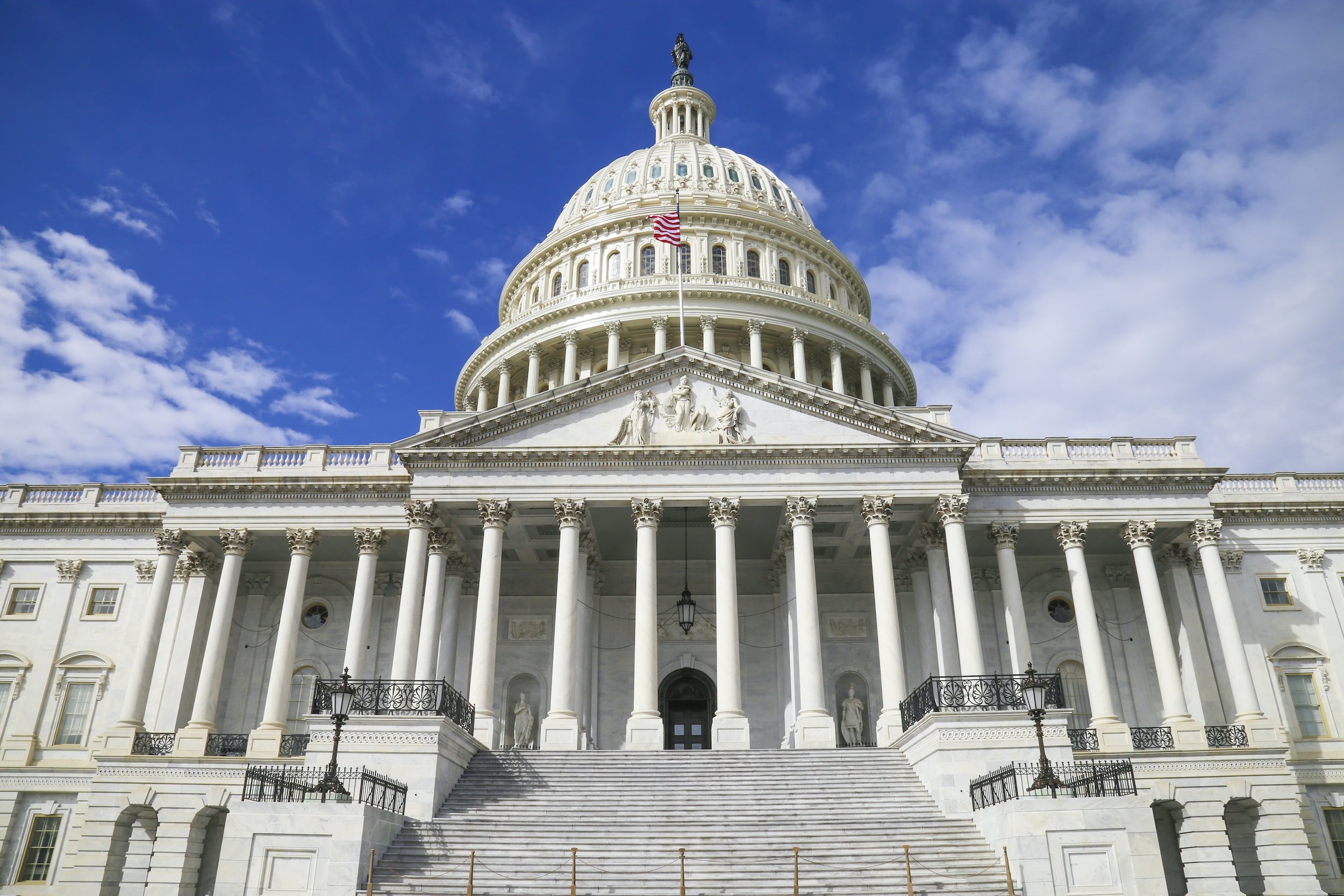
ESG Legislation in the United States under the Biden Administration
(As of April 2025)
Inflation Reduction Act (IRA) of 2022:
On August 19, 2022, President Biden signed the Inflation Reduction Act (“IRA” or “Act”), which though not as sweeping as the Green New Deal proposed by some Democrats, still marked the largest climate action ever taken by the federal government. The IRA focuses on lowering energy costs, increasing cleaner production, investing in domestic energy manufacturing, and reducing carbon emissions. It aims, by 2030, to cut emissions by 40% from 2005 levels. The IRA earmarks approximately $370 billion for Energy Security and Climate Change programs over the next ten years – including clean energy, electric vehicles, and carbon capture and storage. The Act includes consumer provisions, such as (for example) tax rebates to encourage people to make homes energy efficient and buy electric vehicles. It also includes investments in sustainable business development (such as solar panels, wind turbines, carbon capture, clean hydrogen, and electric vehicles). In addition, the IRA focuses on promoting environmental justice. Collectively, these provisions allow for government investment in a clean-energy economy where consumers are incentivized to buy clean energy and businesses are incentivized to create it.
-
At the consumer level, the IRA provides various incentives and resources for ensuring clean energy. For example, the IRA offers up to $7500 in tax credits for new electric vehicles, which can help people save nearly $1000 per year in fuel costs. It also offers up to $14,000 in direct consumer rebates for any purchases related to energy-efficient home appliances, allowing families to cut back on their energy usage eventually saving them money on annual electricity costs. The Act further provides tax credits for families to install solar panels on their roofs, aiming to save these households approximately $300 per year.
-
On a macro level, the IRA commits to building a clean energy economy by building and powering energy-efficient homes, businesses, communities, and neighborhoods. It will do so by providing:
•Up to 950 million solar panels;
•120, 000 wind turbines;
•2300 grid-scale battery plants; and
•Cost-saving clean energy projects at rural electric cooperatives serving more than 40 million people.
Among other things, the Act offers tax credits to clean energy suppliers to help them operate; provides low-interest loans and tax credits for new clean energy projects and factories, and invests more than $60 billion in onshore clean energy manufacturing. Specific examples of such policies include loan guarantees for new factories that produce components for the solar supply chain; programs that will underwrite new hydrogen factories; tax credits that pay companies for the production of low-carbon hydrogen; and payments to companies that trap carbon dioxide and pump it into the ground.
-
The IRA further focuses on promoting environmental justice -- investing in programs that specifically target reducing pollution in low-income communities, communities of color, and indigenous communities. Among other things, the Act provides grants for climate justice programs, neighborhood access initiatives, safe and affordable transportation, and energy/water efficiency and climate resilience improvements in affordable housing.
Commentators have called the IRA “a landmark investment in the United States decarbonization and climate resilience efforts, on a much larger scale than any other climate measures in the past.” According to the Biden Administration, the IRA’s investments will significantly reduce carbon and diesel emissions – to cut GHG emissions by 40% by 2030 (compared to 2005 levels). The Office of Management and Budget estimates that "the law could cut the social costs of climate change by up to $1.9 trillion by 2050.” Researchers have identified other benefits to the legislation as well. One nonpartisan study has stated that the IRA could, by 2030, create 1.4 million jobs, avoid more than 3500 pollution-related deaths, and save more than 400,000 lost workdays due to illness.
While it is less likely to see major sustainability-focused legislation during the final two years of the Biden Administration, with the election of a Republican majority in the House of Representatives, the executive branch still has several tools at its disposal to promote sustainable development (despite the U.S. Supreme Court’s June 2022 decision limiting the Environmental Protection Agency’s power to broadly regulate carbon emissions). Indeed, other potential rules and regulations addressing social and governance issues, are on the horizon -- including rules relating to board diversity, human capital management, and executive pay versus performance. And, additional climate-related federal regulation and policies are likely to be developed in the coming months as agencies continue responding to the President’s Executive Orders.
Bipartisan Infrastructure Law (BIL) of 2021
In November 2021, Biden signed the Infrastructure Investment and Jobs Act (IIJA), also known as the Bipartisan Infrastructure Law (BIL). The legislation authorized an investment of $1.2 trillion in modernizing U.S. infrastructure while addressing climate change and promoting clean energy.
-
$65 billion to upgrade the power grid, including building new transmission lines for renewable energy and improving grid resilience against extreme weather.Funding for clean energy research, development, and demonstration projects.
-
$7.5 billion to build a national network of EV charging stations, making EVs more accessible and practical for Americans.
American Innovation and Manufacturing (AIM) Act of 2020
The AIM Act is a bipartisan piece of legislation enacted in December 2020, aimed at reducing the production and use of hydrofluorocarbons (HFCs), which are potent greenhouse gases commonly used in refrigeration, air conditioning, and foam-blowing applications. The law empowers the Environmental Protection Agency (EPA) to phase down HFCs and transition to more climate-friendly alternatives.
